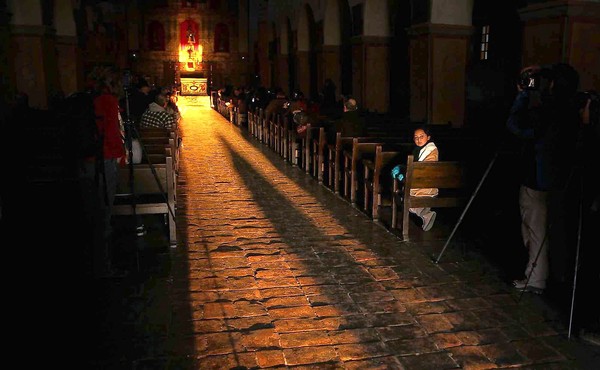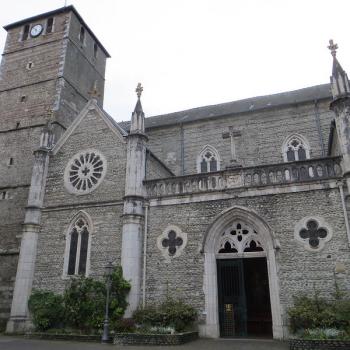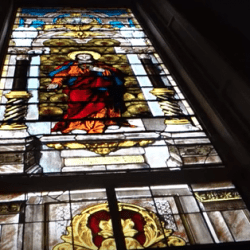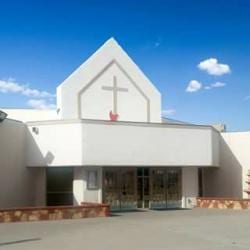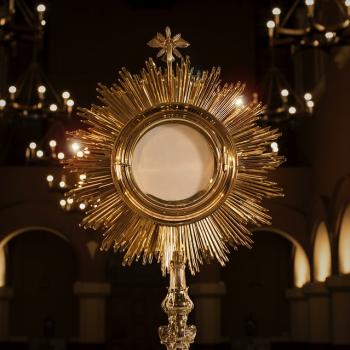Though some people scoff, one researcher thinks it’s possible. He contends that some California Catholic missions may have been designed as tools to help convert Native Americans:
On the darkest day of the year, a hushed crowd in a dim church awaited a few minutes of sheer brilliance.
It was just after dawn Wednesday, the day of the winter solstice. Outside the 200-year-old mission at the heart of tiny San Juan Bautista, Native American drummers sang, urging the sun to rise. Inside, dozens of parishioners rubbed the sleep from their eyes. A woman stood up and sang in cadences haunting and solemn — phrases in no known tongue, she said, but “the language of the heart.”
They were gathered for what has come to be known as an “illumination,” a brief, breathtaking interval when a sunbeam penetrates the church’s front window to bathe the altar and the sacred objects around it in a blazing patch of light. The mission perched at the edge of the San Andreas fault sees it but once a year.
As roosters crowed, a luminous rectangle appeared on the wall just to the left of the altar. Turning gold and then fiery, it slowly moved over the altar. At that moment, someone threw open the church’s great double doors and a river of light shot down the 188-foot-long main aisle. One by one, parishioners were led to the altar for their moment in the sun.
It was a spectacular moment — but what it means is an open question. Some researchers say the illuminations at San Juan Bautista and other missions are nothing more than great special effects.
But for Ruben Mendoza, an archaeologist who teaches at Cal State Monterey Bay, they’re more significant. According to Mendoza, Franciscan architects carefully engineered the luminous event for the sun-worshiping local Indians they sought to convert.
“For many Native American groups,” he said, “the solstice was the most dreaded day of the year. They believed the sun was dying and only its rebirth could ensure their survival.”
Mendoza has been researching illuminations for years. He saw his first one 11 years ago, and it moved him deeply. At the time, he was both a worshiper at San Juan Bautista and a researcher supervising an archaeological dig on the mission’s grounds.
In 1997, the mission’s priest spotted an illumination while opening the church for a small group of post-dawn pilgrims. After that, he held a number of solstice observances, hoping the Central Coast’s morning fog wouldn’t seal out the sun.
Both as a Catholic and as a scientist, Mendoza was eager to see it.

